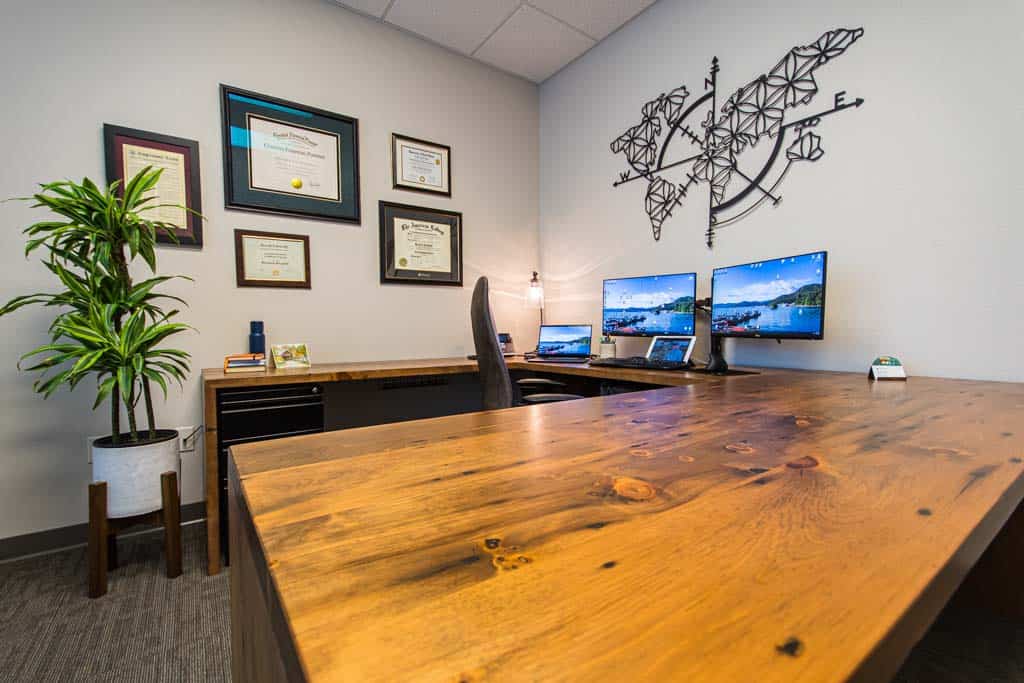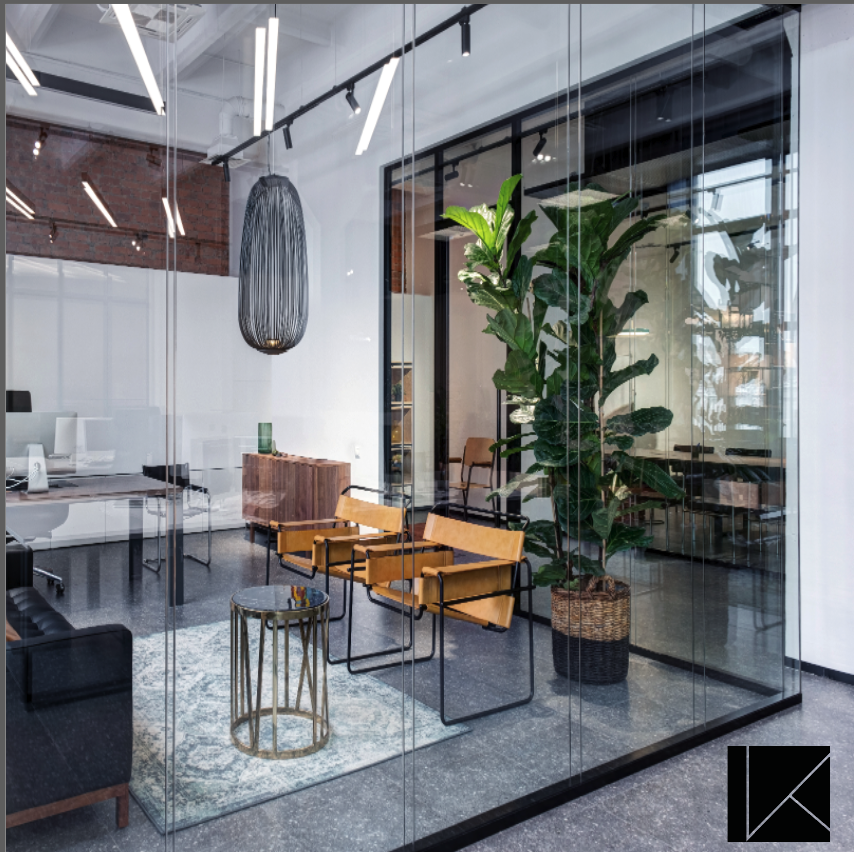As a financial advisor, the decor of your office can play a significant role in how clients perceive your professionalism and approachability. A well-designed office can not only enhance your brand image but also create a welcoming atmosphere that encourages trust and communication. In this comprehensive guide, we’ll explore everything you need to know about financial advisor office decor, from color schemes to furniture choices and personal touches that resonate with your clients.
Why Office Decor Matters for Financial Advisors
First impressions are crucial in the financial services industry. The ambiance of your office can influence how clients feel about their financial decisions and your capability to handle them. A well-thought-out decor can:
- Enhance professionalism
- Create a sense of trust
- Encourage open communication
- Reflect your personal brand and values
Key Elements of Financial Advisor Office Decor
1. Color Psychology
The colors you choose for your office can have a profound impact on mood and perception. Here are some popular colors and their associated meanings:
| Color | Meaning | Ideal Use |
|---|---|---|
| Blue | Trust, stability | Wall color, furnishings |
| Green | Growth, balance | Decor accents, plants |
| Gray | Neutrality, professionalism | Furniture, flooring |
| White | Cleanliness, simplicity | Walls, open spaces |
| Earth tones | Comfort, warmth | Accessories, artworks |
2. Furniture Selection
Quality furniture is essential for a functional and inviting office. Consider these types:
Ergonomic Office Chairs
An ergonomic chair will not only make you and your clients comfortable but also promote good posture during long meetings.
Spacious Desks
Choose a desk that offers enough space for paperwork and digital devices without feeling cluttered.
Meeting Tables
A round meeting table can encourage an open dialogue, while a rectangular table may promote a more formal environment.
Storage Solutions
File cabinets and shelves should be aesthetically pleasing yet functional to keep your office organized.
3. Lighting Choices
Good lighting is crucial for any workspace. Here are some tips:
- Use natural light as much as possible.
- Incorporate ambient lighting to create a warm atmosphere.
- Task lighting should be adequate for reading documents comfortably.

4. Personal Touches
Incorporating personal items can make your office feel more welcoming:
- Family photos
- Awards and certifications
- Artwork that reflects your personality or values
- Bookshelves with finance-related literature
5. The Role of Technology
In the digital age, having the right technology enhances functionality:
- Invest in high-quality video conferencing tools for remote consultations.
- Ensure easy access to charging stations and Wi-Fi.
- Consider an interactive display for presentations.

Design Styles to Consider
1. Modern Minimalist
This style focuses on simplicity and functionality. It typically features clean lines, neutral colors, and minimal decorations.
2. Traditional
Traditional decor incorporates classic furnishings and warm colors. Think wood accents, rich fabrics, and a cozy atmosphere.

3. Contemporary
A contemporary style blends modern aesthetics with personal touches. It often includes vibrant color accents and abstract art.
4. Eco-Friendly
Using sustainable materials and plants not only beautifies your office but also promotes well-being.

Comparing Different Decor Styles
| Style | Pros | Cons |
|---|---|---|
| Modern Minimalist | Easy to clean, uncluttered look | May feel cold or impersonal |
| Traditional | Warm and welcoming | Can feel outdated |
| Contemporary | Unique and personal | Can be chaotic if not balanced |
| Eco-Friendly | Promotes health and sustainability | Can be more expensive |
Budgeting for Office Decor
Your budget will guide many of your decor decisions. Here are some tips:
- Prioritize investing in quality furniture and technology.
- Consider DIY projects for personal touches.
- Thrift shops and online marketplaces can offer unique decor items at lower prices.

Common Mistakes in Office Decor
1. Overdecorating
Too much decor can make a space feel cluttered. Aim for a balance between functionality and aesthetics.
2. Ignoring the Client’s Perspective
Always design with the client in mind. What may be appealing to you might not resonate with them.

3. Neglecting Comfort
Comfort is key in fostering open communication. Ensure your seating and lighting promote relaxation.
Inspiration for Your Office Decor
Here are some resources and websites where you can find inspiration for your office design:
- Pinterest – A great source for visual inspiration.
- Houzz – Offers professional designs and products.
- Instagram – Search for interior design hashtags.
Frequently Asked Questions
What are some cost-effective ways to decorate my office?
Consider DIY projects for decor, shop at thrift stores, and prioritize essential furniture purchases.
How can I make my office more inviting?
Incorporate personal touches, use warm lighting, and ensure comfortable seating arrangements.
What colors are best for a financial advisor’s office?
Colors like blue and green are known to evoke trust and stability, making them ideal choices.
Conclusion
Creating a welcoming and professional office environment is essential for establishing trust and fostering strong relationships with your clients. By considering various elements of office decor, from color choices to furniture selection and personal touches, you can design a space that reflects your brand and invites engagement. Remember, your office is often the first impression clients have of you—make it count!
Take your time to explore different styles and preferences, and don’t hesitate to experiment until you find what works best for you and your clients. Here’s to designing a space that reflects your professionalism and approachability!